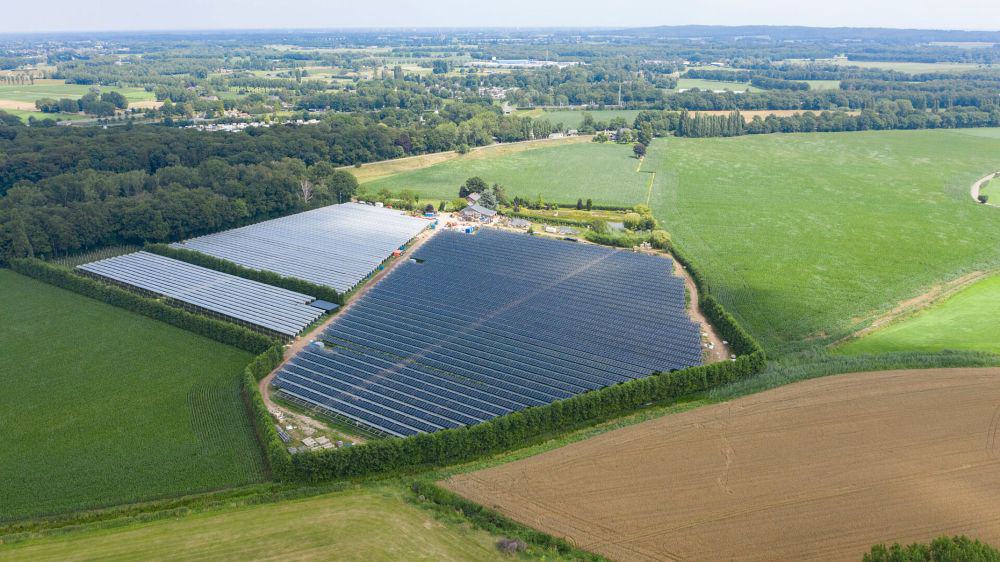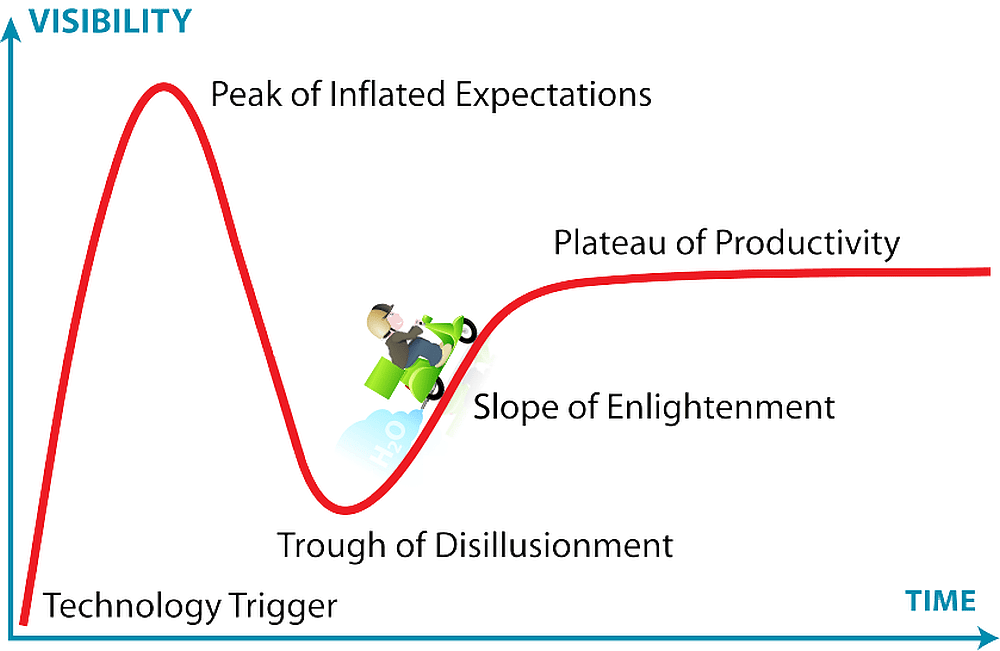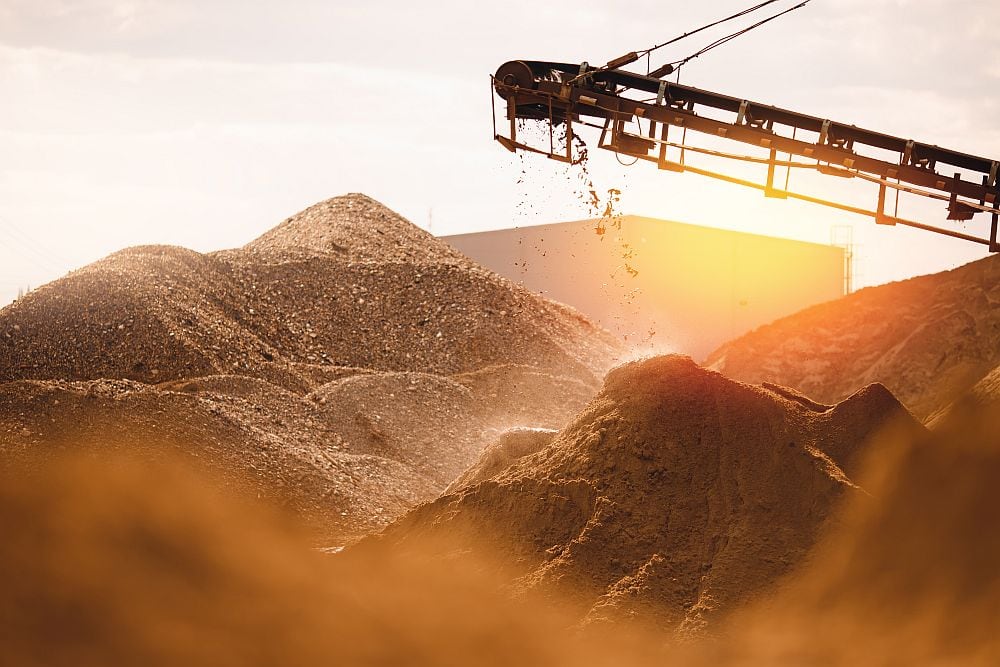
[Image above] A pilot agrivoltaic plant installed by German renewable energy company BayWa r.e. on a raspberry farm in the Netherlands. Credit: BayWa r.e.
There is a widespread belief that solar parks take away land that could be used for agriculture. This perspective erroneously treats photovoltaics and agriculture as an either/or situation. Yet both systems can share the same land in a mutually beneficial manner, as evidenced by countless agrivoltaic projects.
Agrivoltaics is the practice of co-locating photovoltaic infrastructure and agriculture by planting crops under solar panels. The concept has become more attractive in recent years as photovoltaic prices have plummeted, interest in renewable energy has risen, and financial pressures on small farmers have grown.
Despite the recorded benefits of co-locating solar panels and crops, the either/or mentality toward photovoltaics and agriculture remains a common perspective in governing bodies around the world. As such, numerous countries have proposed limitations or bans on solar deployments on agricultural land, which prevents the mutually beneficial practice of agrivoltaics from taking place as well.
In the past month, two media announcements out of the Netherlands revealed how this approach to solar regulation could severely hamper the country’s budding agrivoltaic industry.
Raspberry orchard set to host one of Europe’s largest agrivoltaic plants
On June 12, 2023, German renewable energy company BayWa r.e. and its Dutch subsidiary GroenLeven announced plans to start construction of an 8.7 MW agrivoltaic plant in the Netherlands.
The plant will consist of 24,206 solar panels installed on the Piet Albers raspberry farm in Babberich, which is owned by local farmer Maarten van Hoof. A 2020 pilot project on the same site set the background for this full-scale expansion. After successful results, van Hoof decided that BayWa r.e. should outfit his entire raspberry crops with solar panels.
When completed, BayWa r.e. says the plant will be Europe’s biggest renewable energy project using photovoltaic modules above fruits. It will protect the raspberries from bad weather while also producing enough energy for more than 2,800 households.
Funding for the project came from government subsidies as well as van Hoof. BayWa r.e. expects to complete installation by the first quarter of 2024.
The video below provides further information on the pilot project. On a webpage describing the upcoming plant, BayWa r.e. notes that the company recently partnered with Wageningen University & Research to investigate the combination of agrivoltaics with other berry crops, including redcurrant, blueberries, blackberries, and strawberries.

Credit: BayWa r.e. Global, YouTube
Dutch parliament considers banning solar parks on agricultural land
On July 6, 2023, Dutch Minister of Economic Affairs and Climate Policy Micky Adriaansens sent a letter (in Dutch) to the Dutch parliament proposing a nationwide ban on solar deployments on agricultural land.
The letter is not without precedent. In 2019, the Dutch parliament authorized initial soft restrictions for solar parks on agricultural land. These regulations stipulated that large-scale solar projects had to adhere to the informal “Zonneladder” preference scheme, which prioritizes solar rooftop locations over ground-mounted projects.
If this ban is implemented—which could be as soon as July 2024—local farmers will no longer have the authority to install agrivoltaic systems on their fields, like raspberry farmer van Hoof in the section above.
Dutch photovoltaic association Holland Solar released a response letter (in Dutch) on July 7 that stresses a nationally imposed ban does not work in the best interests of either farmers or net-zero targets.
Instead, the decision should be left to local authorities who “can properly assess the local situation, with national support for solar energy, protection of existing natural values on agricultural land, and frameworks for the nature-inclusive development of sustainable energy and for combinations of sun and agriculture,” the translated letter states.
Author
Lisa McDonald
CTT Categories
- Energy
- Market Insights
Related Posts
Hype cycles: The uphill climb for hydrogen bikes
June 26, 2025


